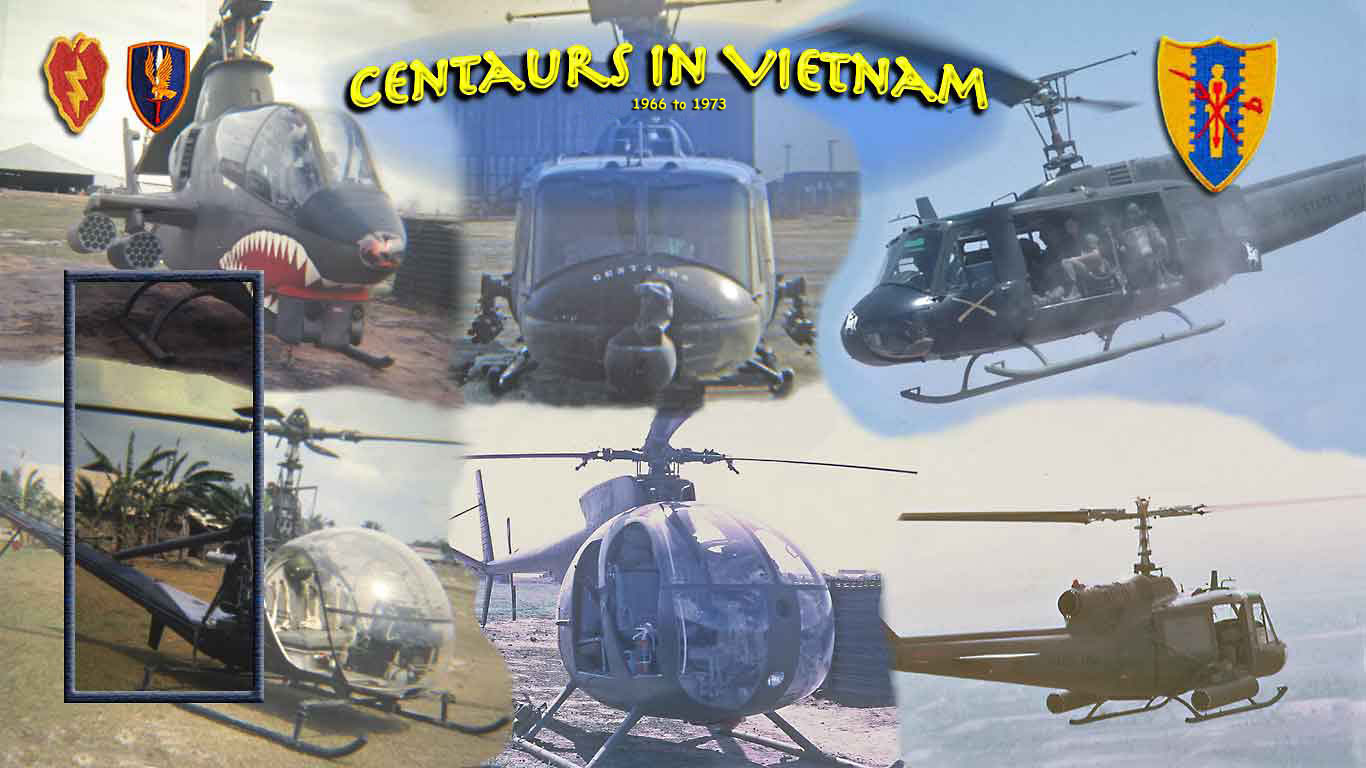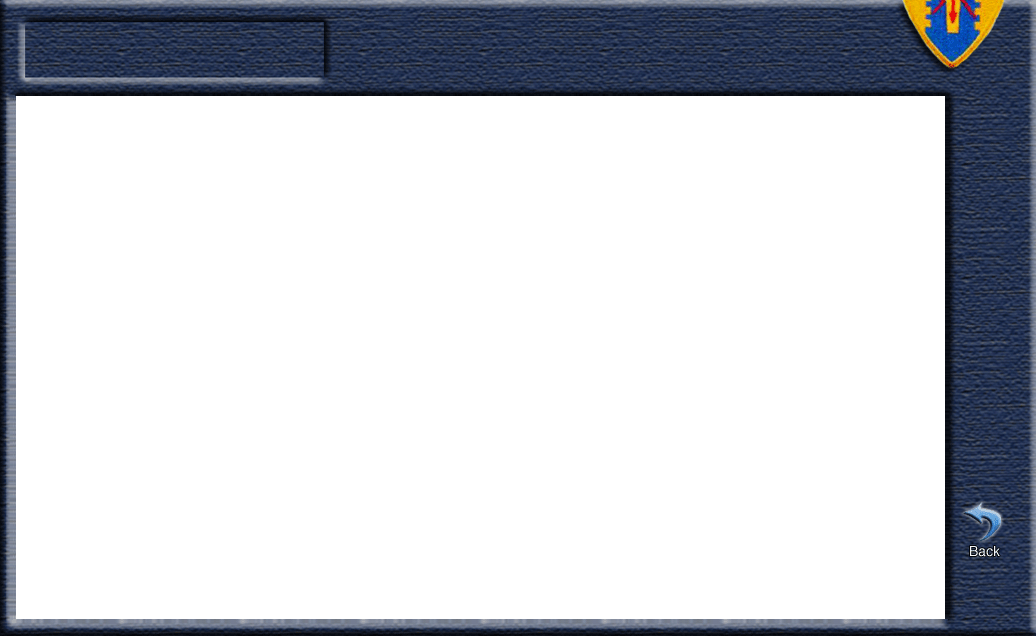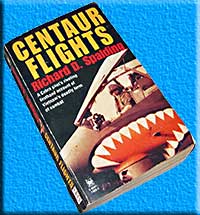

LOH Shot Down - September 1969
From the Book "Centaur Flights" by Richard Spaulding
see also "Violating the Primary LOH Rule" by Gary Jones
.....................................................................................................................................................................................
 CW2 Richard Spaulding, in his Cobra, was flying cover for CW2 Gary Jones, in his LOH (12 Sep 1969). He wrote about it in his Book on page 278.
CW2 Richard Spaulding, in his Cobra, was flying cover for CW2 Gary Jones, in his LOH (12 Sep 1969). He wrote about it in his Book on page 278.
"The LOH slowed to 60 knots as it began circling a tree line-checkered area 100 meters south of the village. The new-to-the-unit pilot called up excitedly, “I’ve got a gook by this tree!”
The LOH made another circle.
“This guy’s keeping the tree between me and him. I can’t see him well enough to ID him.”
Concentrating on the lone man, the LOH circled again, but as it came around to the east side of the tree a fusillade of automatic weapon fire erupted from the adjoining tree line.
“I’m hit! I’m hit! I’m hit!” The pilot screamed.
The LOH hesitated in midair, straightened its flight path, and headed west. I rolled in on the tree line and fired four pairs of rockets. As I broke into a climbing right turn, I strained to see the LOH. What I saw wasn’t comforting. The LOH had landed in a marshy area only 200 meters from the enemy.
“One-one, this 4-4. What’s your situation?”
The voice that answered strained for breath. “We’re shot up pretty bad, 4-4.”
Tracers spewed out of the wood line toward the stationary LOH. I rolled in on where I thought the fire was coming from and loosed several more pairs of rockets. On my breakout, I switched the radio from our working frequency to the international distress frequency, the “guard.”
“Mayday, mayday, mayday. This is Centaur 4-4, five miles west of Chu Chi. I’ve got a downed LOH. Any slick in the area, please respond.”
“Hey, look at that,” said my copilot. “The gunner’s gotten out of the LOH and is firing back into the tree line.”
“Centaur 4-4, this is Hornet 2-1. We’ll be at your location in five minutes.”
“Roger, Hornet. Come up frequency two five two point five.”
I changed back to our working frequency. “One-one, 4-4,” I called. I let a few seconds pass, but there was no answer. “One-one, 4-4. Acknowledge.” Still no answer. “Hornet, how do you read 4-4?”
“You’re loud and clear, 4-4.”
I wondered what the hell was happening. With no radio contact to 1-1, all I could do was guess at the help my comrades might need. I made another rocket run, hoping I was doing some good. Unexpectedly, the gunner got back into the LOH, it it picked up into a wobbly hover, and it took off to the southwest. The LOH was losing fluid from its underside. Thoughts of leaking fuel and flames flashed in my mind!
Urgently I called, “One-one, 4-4. You’re losing fuel! Put the ship down.” No answer. Hurriedly, I clicked the radio transmit switch to guard frequency. It was worth a try.
“Centaur 1-1, this is 4-4. Set the ship down. You’re losing fuel.”
There was still no answer. I felt helpless following along, waiting for the conflagration, not knowing where the LOH was going or even if it knew where it was going. Finally the LOH crossed a dirt trail on top of some heavy rice paddy dikes. It landed.
“Four-four, Hornet 2-1’s still with you.”
“Roger, 2-1. How about picking up the crew?”
“We’re on final approach one mile to the east.”
As it turned out, the reason I hadn’t been able to communicate with the LOH was because the pilot had switched channels to talk to Operations. He was trying to coordinate his own rescue! In the pilot’s hospital room, we had a little talk about how that wasn’t such a great idea. However, his skill at overcoming adversity couldn’t be questioned. He’d been shot through the left arm. In order to fly the LOH, the observer had controlled the collective pitch and the wounded pilot had done the rest."